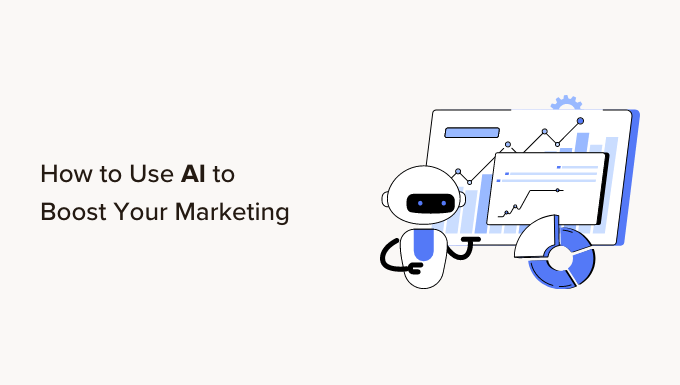
Top 5 eCommerce Trends in 2023
Introduction
If your business updates and applies the new trends soon, it will have opportunities to thrive, especially in the eCommerce industry. In this article, we will take an overview of the top 5 eCommerce trends in 2023, discussing their definition, examples, and benefits.
eCommerce Trends – Data Integration
What is Data Integration?
Data integration is the process of connecting and syncing data among multiple systems, applications, or platforms within a business to have a unified view. It has become the leading eCommerce trend in recent years to increase sales and develop businesses. When implementing data integration strategies, partnering with a reliable web development company can further enhance the efficiency and functionality of your online presence.
Examples and Benefits
Organizations can implement various kinds of data integration, such as eCommerce integration, Point of Sale integration, CRM integration, VoIP phone system integration, ERP integration, chat integration, marketplace integration, accounting integration, B2B data and so on. Based on the business’s budget and needs, they can choose different methods. For example, using the iPaas platform, open-source middleware, and integration app
Data integration offers various benefits in eCommerce:
- Comprehensive enterprise data view.
- Real-time business data transfer.
- Automatic business processes
- Better business productivity.
- Better customer experiences
eCommerce Trends – Personalization and AI-driven Customer Experiences
What is AI?
AI is the application of algorithms and computational models to enable intelligent machines to emulate the minds of humans and execute tasks with human cognition. It is used in eCommerce platform to deliver personalized customer experiences by evaluating large volumes of data and forecasting consumer behavior.
Examples and Benefits
AI is being increasingly used to boost business efficiency in the e-commerce industry. Some tools to consider are Chatbots, virtual shopping assistants, AI meeting summarizes, fraud detection, dynamic pricing, and logistic optimization. AI results in improved customer experiences, higher conversion rates, a better disposition, and the ability to tailor items for customers. WhatsApp eCommerce, for instance, has become a pivotal platform for businesses to seamlessly connect with their customer base, enabling instant communication and streamlined transactions.
eCommerce Trends – Augmented Reality (AR) and Virtual Reality (VR) Shopping
What are AR and VR?
Augmented Reality (AR) adds digital elements to the real-world environment, such as photos, information, or animations. Virtual Reality (VR), on the other hand, entirely immerses users in a simulated environment. AR and VR technologies are changing the way buyers engage with things online in eCommerce.
Examples and Benefits
Imagine a furniture store that provides AR apps that show how a sofa would look in their living room before they purchase it. Similarly, virtual reality (VR) can enable realistic virtual retail experiences in which customers can navigate a digital storefront and interact with objects as if they were physically present. AR and VR shopping experiences increase customer engagement, minimize purchasing uncertainty, and bridge the gap between online and offline purchases.
eCommerce Trends – Hybrid Commerce
What is hybrid commerce?
Hybrid commerce is the combination of online and offline shopping experiences. It allows customers to browse products online and make purchases in-store, or vice versa. The store needs to set up a unified shopping experience to engage more customers and increase sales.
Examples and Benefits
The O2O (online-to-offline) business model is a distinctive use of hybrid commerce. A fashion store allows shoppers to reserve some items online and try them on in a physical store before making a final decision. Customers might, on the other hand, view in-store inventory availability online and even order out-of-stock items for delivery. Hybrid commerce increases brand loyalty, caters to clients’ unique buying tastes, and maximizes sales prospects across several channels. Even for wholesale distributors hybrid ecommerce presents a significant advantage when integrated with management applications. By combining online platforms with specialized software, distributors can effectively manage their inventory, streamline ordering processes, and enhance customer experiences.
Ecommerce Trends – Marketing Automation
What is marketing automation?
Marketing automation is the use of software and technology to automate business tasks, including emails, campaigns, social media posts, and tailored messages. It streamlines marketing operations, allows for tailored communication, and frees up time for strategic planning. In a similar vein, implementing sales automation further optimizes your business processes, enhancing customer engagement, improving lead nurturing, and ultimately boosting sales efficiency.
Examples and Benefits
Marketing automation enables an eCommerce business to build up triggered email sequences for abandoned cart reminders, offer targeted product recommendations based on browsing history, and automate social media postings for product releases. This strategy improves consumer engagement, boosts conversion rates, and ensures consistent messaging across multiple touchpoints.
Conclusion
The eCommerce sector will experience a transition in 2023 as a result of the confluence of technologies such as AI-driven personalization, AR/VR shopping, hybrid commerce, and marketing automation. Businesses must adapt to this trend in order to remain competitive and relevant.



